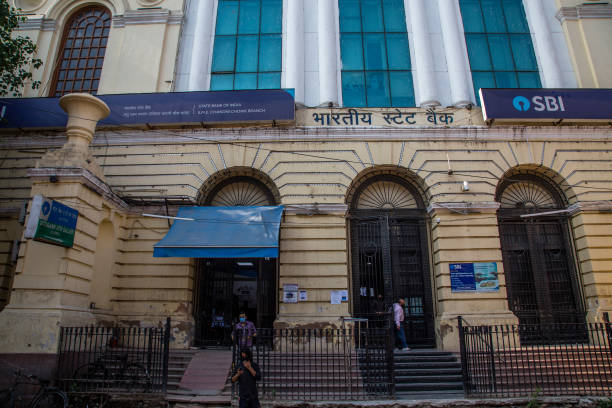Amit Jhingran of SBI Life Insurance states that term plans should be the primary option for individuals embarking on their life insurance journey. These plans offer significant coverage at a reasonable cost. By prioritizing protection, consumers can ensure their financial stability while maintaining affordability.
Amit Jhingran, MD & CEO of SBI Life Insurance, emphasizes to ET Wealth that life insurance ought to be regarded not as an extraneous cost, but rather as an essential instrument that safeguards all other financial objectives.
A significant number of individuals perceive life insurance primarily as a means of investment aimed at yielding financial returns. What insights do you have on this perspective?
It is essential to recognize that life insurance fulfills a distinct role. Prior to allocating funds to other investments, it is vital to safeguard your financial objectives. Lacking this fundamental protection, your aspirations may remain unattainable. Life insurance should not merely be regarded as an expense; rather, it is a key component in ensuring your financial security and the well-being of your family, and should not be perceived as an onerous financial burden.
Historically, individuals have primarily purchased insurance for the tax advantages provided under Section 80C, often overlooking its role as a means of financial protection. Insurance has typically been viewed as a way to utilize the Rs.1.5 lakh tax exemption limit. However, this perspective has evolved in recent years, with an increased awareness of risk contributing to a growing demand for insurance products. As individuals recognize the necessity of prioritizing insurance over investments, the popularity of term plans is expected to rise, thereby enhancing the overall product diversity within the industry.
Specialists assert that term life insurance plans represent the most advantageous type of life insurance. Do you concur with this assessment?
Term plans ought to be the primary consideration for individuals embarking on their life insurance journey. These plans offer significant coverage at a reasonable cost. By prioritizing protection, consumers can ensure their financial stability while maintaining affordability. After achieving adequate coverage through a term plan, individuals may then consider various investment opportunities.
What should one consider while buying a term plan?
It is essential to evaluate the monthly expenditures of the household and determine the total amount necessary to ensure that monthly income is met. The coverage should be a minimum of ten times the annual income, in addition to any outstanding liabilities, such as housing or automobile loans. The surplus should be sufficient to sustain a monthly income that upholds the family’s standard of living. Furthermore, it should take into consideration significant expenses, including children’s education and major life events, such as a wedding for a child.
It is crucial not to choose a round figure for insurance, such as Rs. 50-60 lakh, merely because it appears convenient. A thorough calculation of your actual needs is essential. Additionally, it is important to take inflation into account, as the purchasing power of money diminishes over time. Therefore, this aspect should be included in your monthly income assessment.
Is there a policy offered by SBI Life that includes an inflation adjustment feature?
SBI Life eShield Next provides enhanced protection, featuring a 10% increase in the sum assured at designated intervals. Nevertheless, as previously stated, one should not rely solely on rounded figures. It is crucial for individuals to thoroughly evaluate the total sum assured that they genuinely require.
Have the proposed alterations to capital gains taxes in the Budget enhanced the attractiveness of life insurance as an investment option?
The increase in the long-term capital gains (LTCG) tax from 10% to 12.5% represents a minor adjustment, and the Section 10 (10D) benefit for insurance has already been restricted to an annual premium of Rs.2.5 lakh in earlier Budgets. Therefore, I do not anticipate any substantial changes in this regard. A notable benefit of ULIPs is that the ability to switch between debt and equity within a ULIP is tax-exempt, in contrast to mutual funds, where capital gains tax is applicable.






